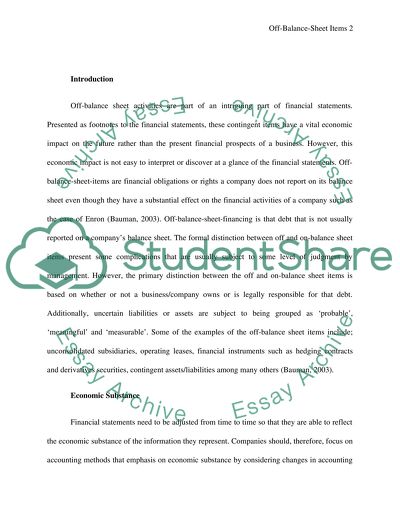Cite this document
(“CURRENT ISSUES IN FINANCIAL REPORTING Essay Example | Topics and Well Written Essays - 1500 words - 4”, n.d.)
CURRENT ISSUES IN FINANCIAL REPORTING Essay Example | Topics and Well Written Essays - 1500 words - 4. Retrieved from https://studentshare.org/finance-accounting/1675485-current-issues-in-financial-reporting
CURRENT ISSUES IN FINANCIAL REPORTING Essay Example | Topics and Well Written Essays - 1500 words - 4. Retrieved from https://studentshare.org/finance-accounting/1675485-current-issues-in-financial-reporting
(CURRENT ISSUES IN FINANCIAL REPORTING Essay Example | Topics and Well Written Essays - 1500 Words - 4)
CURRENT ISSUES IN FINANCIAL REPORTING Essay Example | Topics and Well Written Essays - 1500 Words - 4. https://studentshare.org/finance-accounting/1675485-current-issues-in-financial-reporting.
CURRENT ISSUES IN FINANCIAL REPORTING Essay Example | Topics and Well Written Essays - 1500 Words - 4. https://studentshare.org/finance-accounting/1675485-current-issues-in-financial-reporting.
“CURRENT ISSUES IN FINANCIAL REPORTING Essay Example | Topics and Well Written Essays - 1500 Words - 4”, n.d. https://studentshare.org/finance-accounting/1675485-current-issues-in-financial-reporting.


